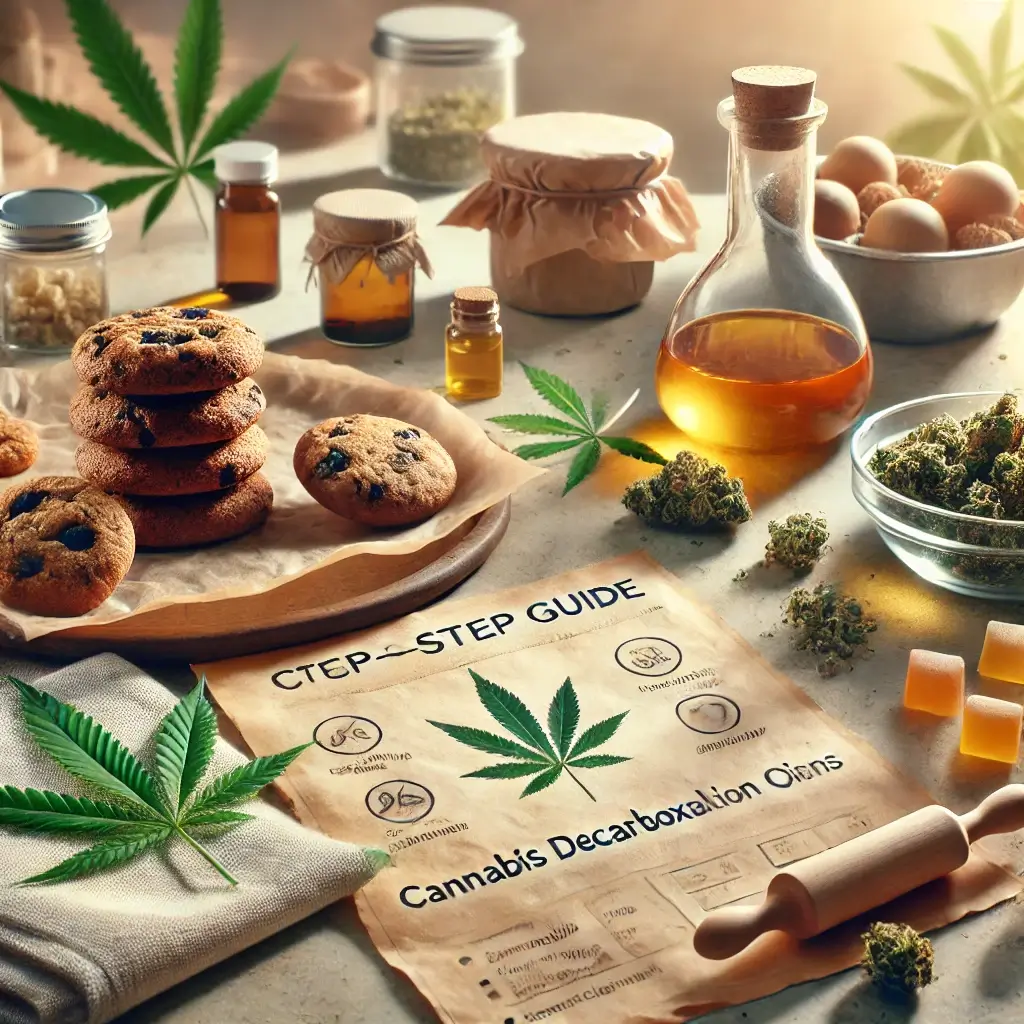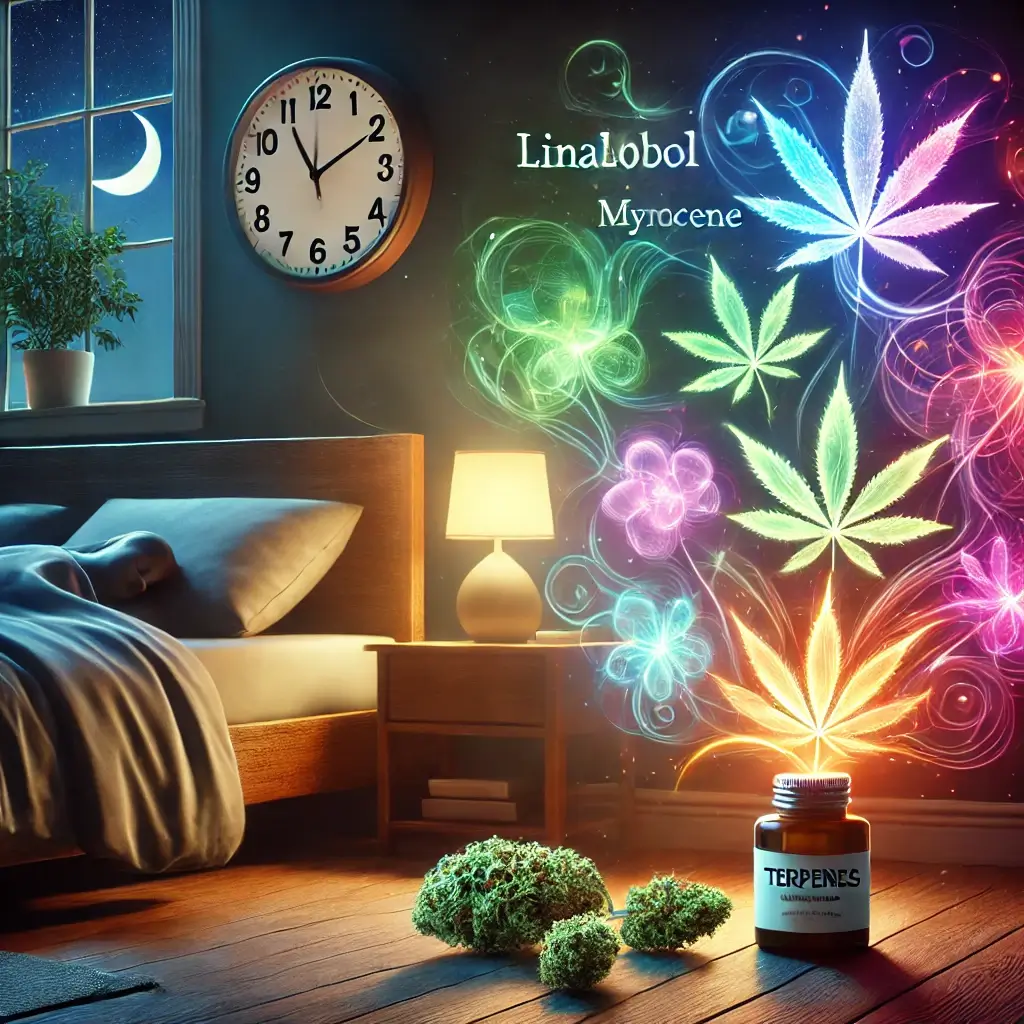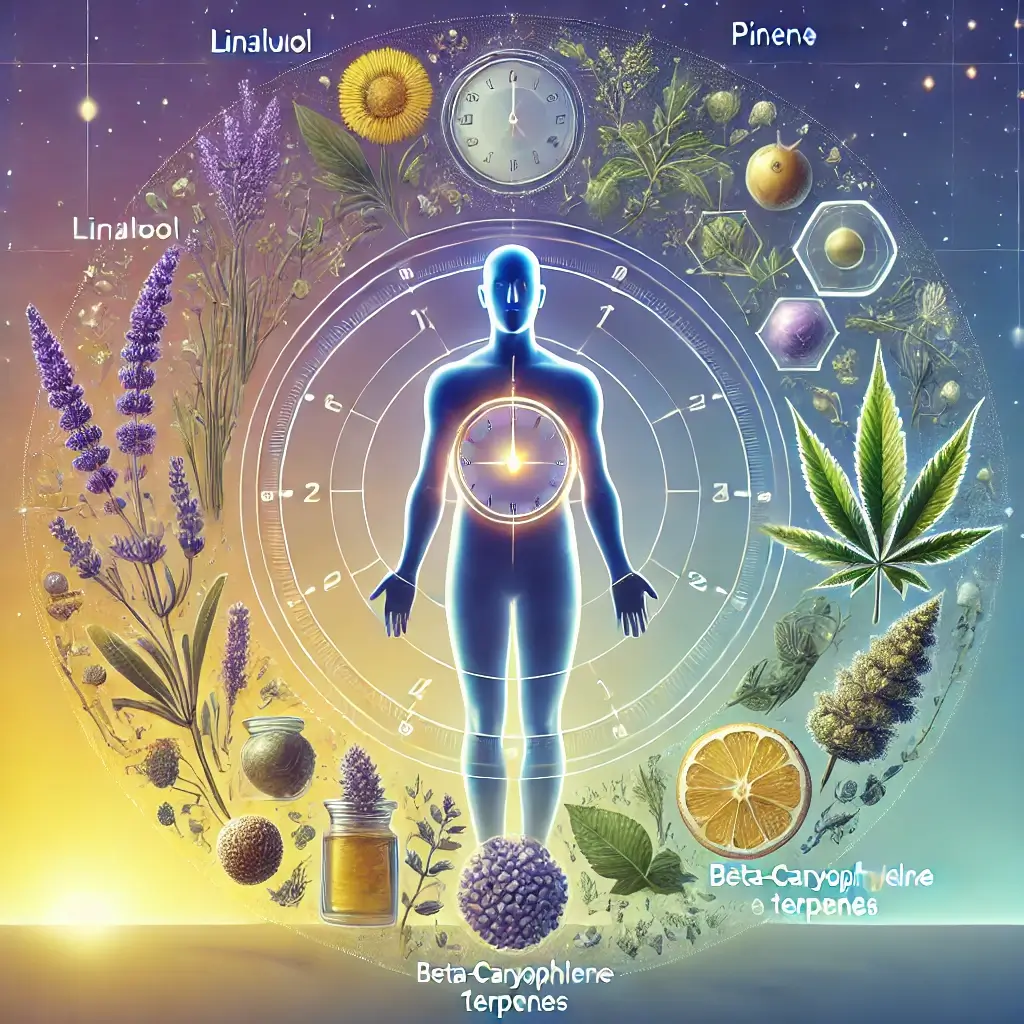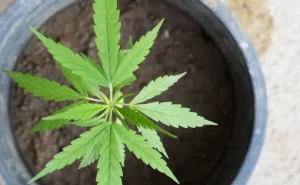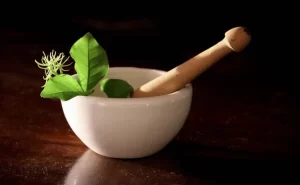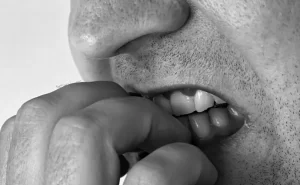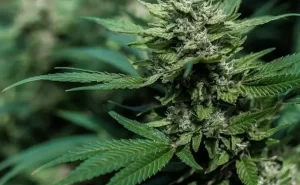A Patient’s Complete Guide to Making Effective Cannabis Edibles at Home: From Decarboxylation to Dosing
As the acceptance of medical cannabis continues to grow, many patients are exploring cannabis-infused edibles as a convenient and effective way to manage their health conditions. Edibles are particularly advantageous for those dealing with chronic pain, insomnia, or anxiety, offering longer-lasting effects compared to other consumption methods. By making edibles at home, patients can customize their dosage and ingredient choices, ensuring safety and quality. This article provides a comprehensive guide to creating effective cannabis edibles, including the importance of decarboxylation, tips for accurate dosing, and a look at recent research on their medical benefits.
Decarboxylation: The Foundation of Effective Edibles
Decarboxylation is the key process that activates cannabinoids like THC and CBD, transforming them from their inactive acidic forms (THCA and CBDA) into compounds that interact with the body’s endocannabinoid system. Without this step, cannabis-infused edibles will lack potency and effectiveness.
Steps to Decarboxylation
Preheat Your Oven: Set your oven to 240°F (115°C).
Prepare the Cannabis: Break the cannabis into small, even pieces, ensuring consistency during heating.
Bake: Spread the cannabis on a parchment-lined baking tray and bake for 30–45 minutes until it turns a light brown and emits a nutty aroma.
Cool and Store: Once cooled, transfer the decarboxylated cannabis to an airtight container for use in recipes.
Proper decarboxylation ensures maximum therapeutic potential in every edible.
Dosage: A Personalized Approach
Determining the correct dosage is crucial for creating safe and effective edibles. Unlike inhalation methods, the effects of edibles take longer to onset (30–120 minutes) and last significantly longer, making precise dosing essential to avoid overconsumption.
How to Calculate Dosage
Identify the THC/CBD content of your cannabis (available on dispensary labels or product packaging).
Multiply the weight of the cannabis by the cannabinoid percentage to calculate total cannabinoids.
Example: 1 gram (1,000 mg) of cannabis with 20% THC contains 200 mg of THC.
Divide the total cannabinoids by the number of servings to determine the dosage per serving.
For beginners, starting with 5–10 mg of THC per serving is ideal.
Creating Infused Bases
Cannabis-infused butter and oil serve as the foundation for most edible recipes, from cookies to soups and sauces.
Cannabis-Infused Oil
Combine decarboxylated cannabis with a carrier oil (e.g., olive or coconut oil).
Heat on low for 2–3 hours, keeping the temperature between 160–200°F to prevent cannabinoid degradation.
Strain through cheesecloth and store in a cool, dark place.
Cannabis-Infused Butter
Replace oil with unsalted butter and follow the same process.
Proper storage in airtight containers preserves the potency and flavor of your infused products.
Current Research and Advances
Emerging research underscores the therapeutic promise of cannabis edibles. A 2022 study in The Clinical Journal of Pain found that THC-rich edibles significantly reduced pain scores in patients with fibromyalgia, while CBD-dominant edibles were particularly effective in mitigating anxiety symptoms. Additionally, a 2023 report from Sleep Science demonstrated improved sleep quality among patients using cannabis-infused gummies for insomnia.
Conclusion
Making cannabis edibles at home offers a customizable and cost-effective way to harness the medical benefits of cannabis. With proper decarboxylation, accurate dosage calculations, and versatile recipes, patients can create effective treatments for conditions like pain, anxiety, and sleep disorders. Always consult with a healthcare provider before starting cannabis treatment and begin with low doses to find your ideal therapeutic range. For further insights, studies from The Clinical Journal of Pain and Sleep Science provide valuable information on cannabis applications.
